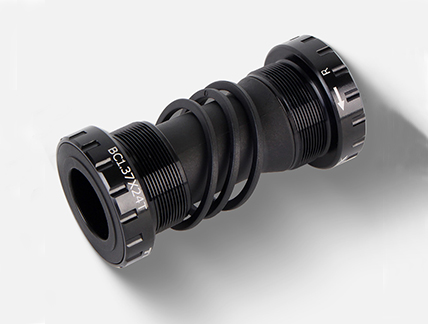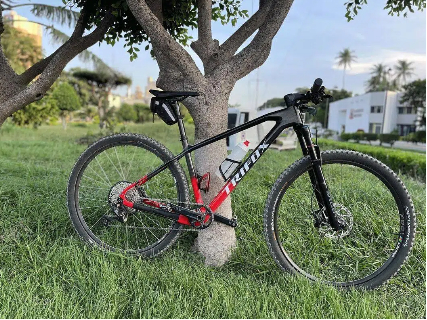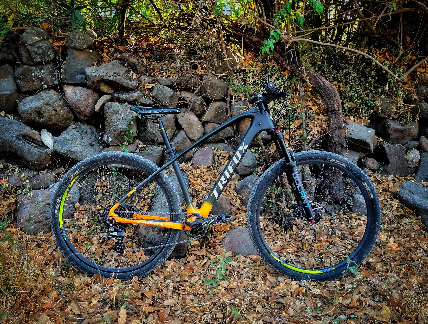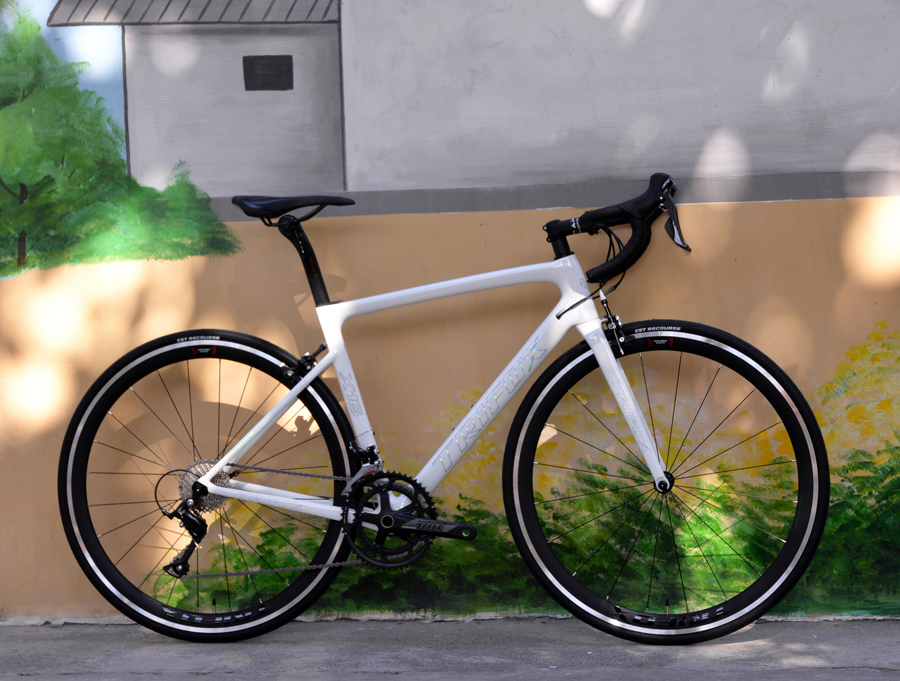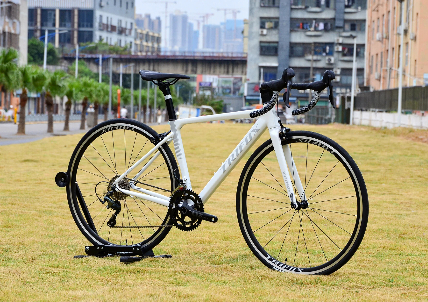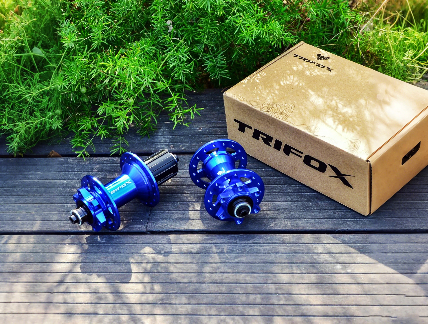When you are keen on cycling, you are not limited to decompression and relaxation but are gradually eager to conquer different distances. As a result, many drivers want to improve their strength from all aspects through various training methods, so that they can improve by leaps and bounds. Exercise science shows that 30-75 minutes of cycling training can increase your speed, increase your cadence, and enhance your endurance.
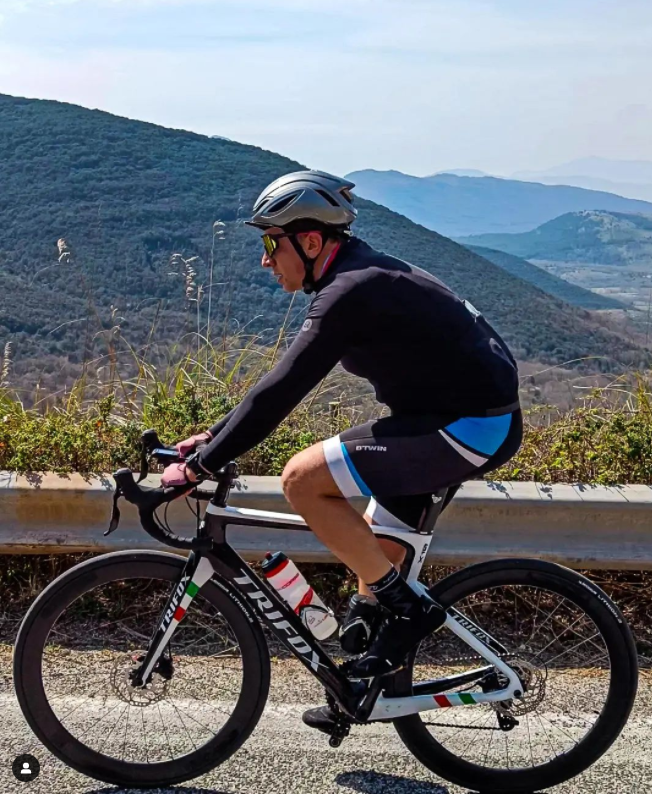
You can choose from the following training methods:
30-second sprint
Warm up for 10 minutes, do a quick 30-second sprint, then slow down and cycle for 2.5 minutes. Insist on doing 12 times, and finally slow down to let the body cool down naturally. Don’t train back to back or more than twice a week. Studies have shown that training in 30-second sprints increases VO2 max — the maximum amount of oxygen your body uses at its limit.
increase cadence
Warm up for five minutes, switch to a small gear, keep your upper body stable, pedal smoothly, hold on for one minute at the fastest possible cadence, recover for 3 minutes, do 6-8 groups, and finally let the body cool down naturally. Gradually increase training time and decrease recovery time as training becomes easier. If you usually use a large chainring, it will take a while to get used to a high cadence.
leisurely ride
Ditch the computer and plan your route, and just hop on a bike and get around. Enjoy the breeze and feel the scenery on the recreational trail. This relaxing activity relaxes your legs, restores your strength, and keeps you happy and refreshed.
triple challenge
Warm up for 15 minutes, then increase the intensity to level 9 (self-perceived fatigue rating, a total of 10 levels), persist at this intensity for 3 minutes, recover for 3 minutes, and repeat more than 2 times. End your workout at a moderate pace and allow your body to cool down naturally. In order to improve physical fitness, you need to push the limits of your body in this way, try to make your lungs burn, and find ways to increase oxygen consumption.
climbing training
There are two methods.
1.Standard mountain repetition training. Warm up for 10-15 minutes, find a mountain that takes about five minutes to climb, and ride up as hard as you can, maintaining the maximum cadence, or maintaining the limit state (RPE7). Take 3 minutes to recover when going downhill. Repeat 5 times, rest.
2.Take a more organic approach. Plan a 10-15 mile cycling route that includes 4-6 hills. Hard on the climbs, moderate rides between hills. As the old saying goes: Mountains make you stronger.
Beyond the limits
Warm up for 10-15 minutes, increase the intensity, reach RPE8, and persist for 5-6 minutes. Reduce intensity, below RPE6, for 5 minutes. Do 3 or 4 sets. You won’t feel a full recovery between sets. Finally, let the body cool down naturally. High-intensity riding requires you to actively push hard and keep your legs durable. That training is all about building endurance.
speed training
Warm up for 10 minutes, increase the speed, and reach the same sustainable speed as the 40km time trial (intensity is about PRE7). Hold for 15 minutes, then lower the gear, relax for 3 minutes, and repeat more than two times. With the deepening of training, it is necessary to increase the training time, reduce the recovery time, and finally increase it to 1 hour. , Speed training makes cells more efficient in generating energy, increases physical limits, and enhances endurance.
lunch break
Grab some friends, sneak out, and work on your weight-bearing capacity. Use different queues to ride: single row, double row, or a combination of single and double to challenge each other. Riding with a small team can exercise balance, riding technique, and weight-bearing ability. In addition, it is also full of fun.
stable state
Ride for more than an hour at moderate intensity (RPE6). It is very difficult to maintain this intensity. Make sure you are breathing evenly and that your legs are not burning.
This approach improves fat utilization, reduces reliance on carbohydrates and sugars, and increases endurance. Gradually, you’ll go farther, feel more comfortable without slowing down, and stabilize faster.






























































